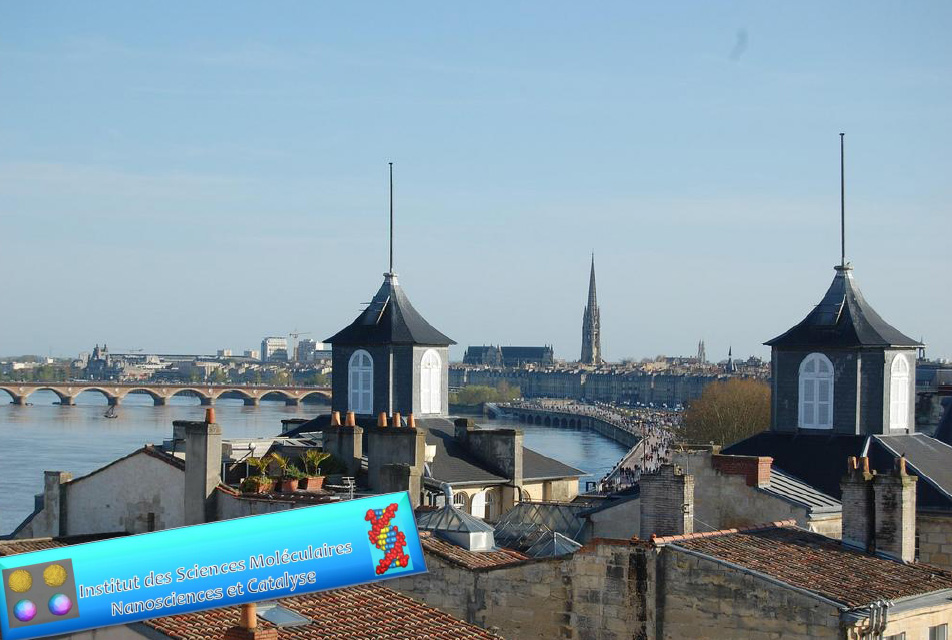 |
|
|||||||||||||||||||||||||||||||||||||||||||||||||||||||||||||||||||
Physical investigation of spin transitions by optical microscopy .
François Varret GEMAC, Université de Versailles CNRS UMR 8635, 45 avenue des Etats-Unis, 78035 Versailles France The development of optical microscopy at cryogenic temperatures for investigating the phase transitions in spin-crossover single crystals is – surprisingly – quite new but has deeply transformed the physical description of how a spin transition takes place. We present here the basics aspects of optical microscope investigations and image data processing. We found that, like any first-order transition at the solid state, the spin transition proceeds by nucleation and growth of the stable phase in the metastable phase. A major milestone for this investigation was the observation of a transformation front which propagates at low velocity, typically in the range of some µm/s. We rapidly showed that this propagation is governed by the stresses resulting from the volume change of the crystal upon the effect of the spin transformation. The onset of mechanical stresses during the transition gave rise to visible (spectacular in the case of large crystals) structural damage and severely impacted the subsequent behaviour of the crystal. We could perform a detailed analysis of the local optical densities during the propagation of a beautiful almost linear transformation front in a high-quality fresh crystal. The kinetic data obeyed an Avrami-type law which characterized a local nucleation and growth process, via sub-micrometric spin domains. We concluded that spin transition is a multi-scale process governed by the propagation of mechanical stresses in the crystal. The local transformation induces mechanical stresses around, which favour nucleation ahead of the transformation front, and so on… In other words, the propagation of the transformation front is mediated by the propagation of mechanical stresses. We support the above statements by showing microscope images and videos recently obtained on single crystals of [Fe(ptz)6](BF4)2 (ptz = 1-n-propyltetrazole ), Fe(btr)2(NCS)2].H2O (btr= bis-triazole) and [Fe(bbtr)3](ClO4)2 (bbtr = 1,4-di(1,2,3-triazol-1-yl) butane). We also show how optical microscopy contributes to document the interplay between the spin transition and the concomitant structural transition, in the case of the bbtr compound. Finally, we revisit the concept of “Like Spin Domains” and speculate on the possible behaviour of switchable nano-particles, at the light of the present results.
|
||||||||||||||||||||||||||||||||||||||||||||||||||||||||||||||||||||
 |
||||||||||||||||||||||||||||||||||||||||||||||||||||||||||||||||||||
